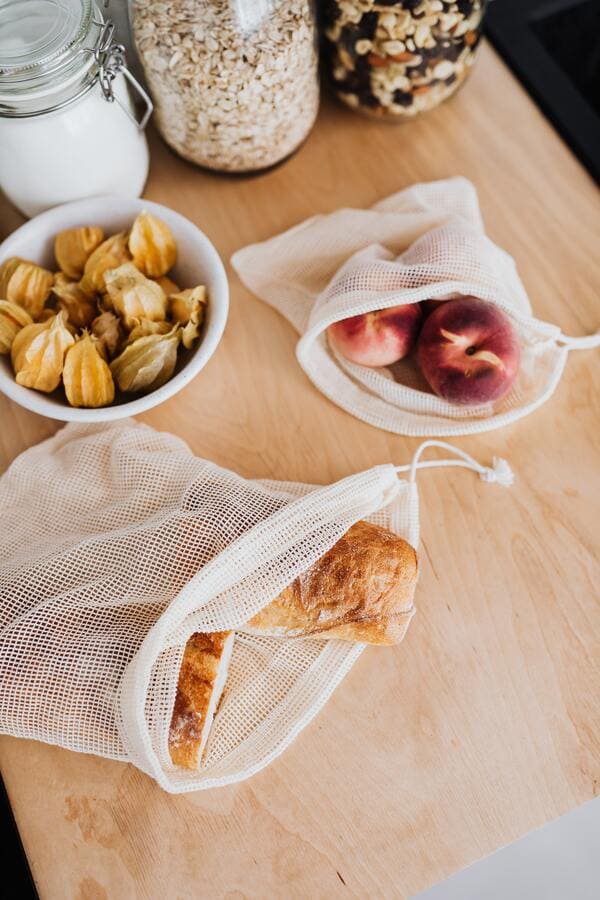Your infant & toddlers might be under the threat of Microplastics!
As adults battle against the threat of microplastics, infants & toddlers also join us in this journey too. A study conducted in New York brought forward some shocking facts. It was found that a baby poop has 10 times more microplastics than adult faeces. This shows the exposure of babies to high levels of plastic in the early years.
It is a wake-up call for all of us to act on this issue before it’s too late. Everything that a baby consumes has to be verified and checked before it reaches them. Today, we are going to go through some of the main sources through which micro-plastics enter your baby’s body.
Before we jump on to the sources, let’s understand briefly about microplastics. These are small particles of plastic, less than 5mm in size. These small particles can cause a huge risk to human health. To know more about microplastics and their types, read here.
Watch out for these things when you are dealing with infants, toddlers or kids. Being conscious about your choices will save them from the unconscious consumption of microplastics.
-
Milk Bottles
Research reveals that baby bottles can shed millions of microplastic particles. The plastic bottles used for feeding babies are made up of polycarbonate or polypropylene. To harden these bottles, some portion of bisphenol A is also added. When warm milk is stored in this bottle, the chemicals leach into the milk and then into the infant's body. A study in the year 2020 found that bottles of propylene shed microplastics in the liquid as well.
The presence of BPA in a child’s body can lead to various disorders. It can cause issues with fertility and affect the timing of puberty. Adverse impacts have also been seen on the nervous and immune systems. The impact of using plastic bottles for kids is still being explored. However, the material plastic has already caused much harm to the planet & other beings. So, it is advisable to find alternatives.
Alternatives to plastic Milk Bottles
The best alternatives for plastic bottles are glass or stainless steel bottles. They will help the milk from being contaminated by the chemicals. You can choose to store them in such containers and save your kids from microplastics.
-
Chew Toys
No matter how safe they seem or how boldly the instructions say, never let your child put any plastic toy in their mouth. Chew toys made up of plastic can prove to be highly dangerous for infants. Many plastic toys for infants and newborns have been detected with chemical pollutants that can be harmful to their health.
Almost every toy used by kids is made with polyvinyl chloride (PVC). Whether it is chewing toys, bathing toys or squeeze toys, PVC is the ingredient used in all of them. When babies chew and suck these toys, the harmful additives enter their bodies. The alternatives you can use instead of plastic toys include bamboo toys, wooden toys, rice-made toys and toys made from other such materials that are safe & eco-friendly.
-
Play area & floors
Infants always have the habit of crawling on the floor and then putting their hands in their mouths. At that age, it becomes crucial for the parents to take care of their child. There have been traces of microplastics in the dust that is found in our homes.
39% of the dust in the house is microplastic. Also, the carpets and other materials used in the kid’s play area contain some amount of microplastic from the synthetic material. It has been found that children under the age of 6 inhale 3 times more microplastics than average.
It is necessary to keep the house clean regularly so that your infants and toddlers do not come in contact with the dust. Selecting surfaces that can be easily cleaned will help protect your child. Along with selecting an appropriate surface, the habit of cleaning regularly will also reduce the presence of microplastics on the surfaces.
Helpful action plan -
Having known about the risk of microplastics, here are a few things that you can do to save your tiny one.
- While buying toys, always choose to go with non-plastic material.
- While buying foods, avoid any pre-packaged food in plastic or tins.
- Personal hygiene products should be selected that are ‘NOT’ in plastic packaging.
- Build their room with materials that do not contain PVC or any other type of plastic.
It is a matter of concern
Being exposed to plastic from such an early age can make its impact more severe in the coming years. Microplastic is not just plastic, it also contains harmful chemicals that have the potential to cause severe harm to your children’s health. They can lead to cell death & inflammation.
Along with taking care of your kids, it is also necessary to teach them sustainability. This will help them lead a safe and healthy life ahead when they become independent. Here is a helpful blog to understand how you can teach your kids about sustainability as they grow up.
Take a step towards sustainable parenting and build a conscious generation!
Author-
brinda shah is a freelance content writer. she is a ca turned into a writer who loves to read, write & meditate. you can connect with her on linkedin and on instagram






